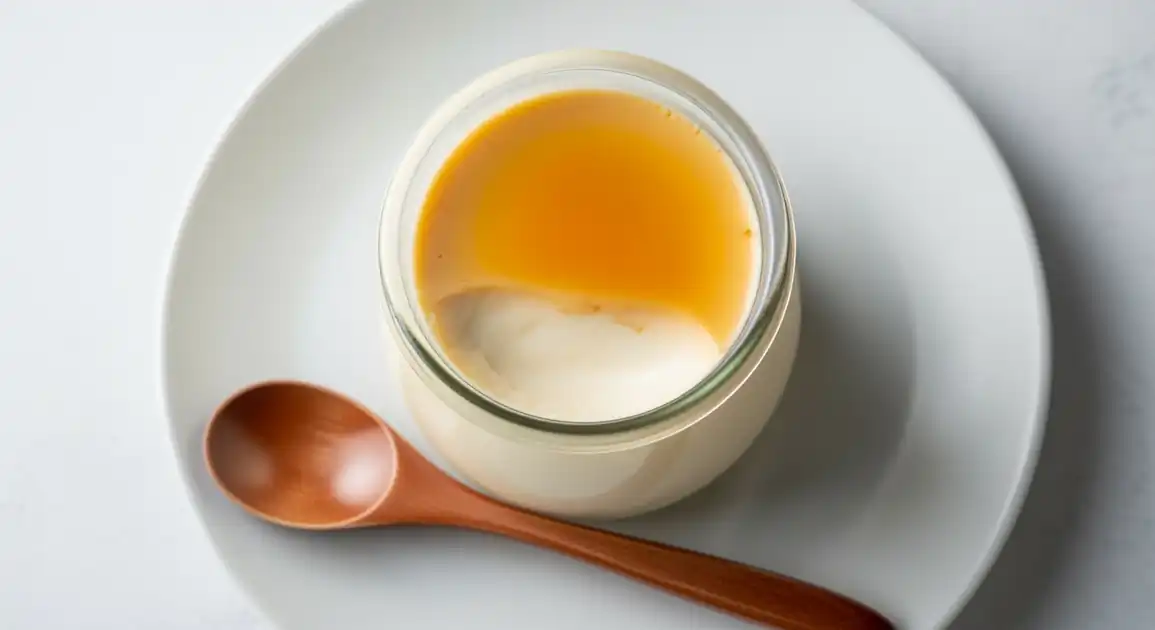Hokkaido Milk Pudding
北海道ミルクプリン (Hokkaidō Miruku Purin)

Description
In Sapporo, Hokkaido's vibrant capital, milk pudding reaches its apex of quality and authenticity. The city takes immense pride in showcasing the region's legendary dairy through this elegant dessert. Here, you'll find both traditional preparations that highlight the pure flavor of local milk and innovative interpretations that push the boundaries of this beloved treat. Many shops emphasize direct farm connections, seasonal milk variations, and meticulous craftsmanship.
Dietary Information
Serving information
Serving style
Often presented more elaborately than elsewhere in Japan, sometimes with farm information cards, special spoons, or accompanying literature about the milk source. Many specialty shops maintain exact serving temperatures (typically 7-10°C) for optimal flavor release.
Quick facts
Specialty shops typically open 10 AM - 7 PM. Department store food halls generally operate 10 AM - 8 PM.
Safety Tips
What to Look For
-
Proper refrigeration
The pudding should be stored in a refrigerated display case at temperatures below 5°C/41°F. Avoid products left at room temperature.
-
Intact packaging with condensation
Condensation on containers indicates proper cold chain maintenance. Sealed lids without signs of tampering ensure food safety.
-
Uniform texture and color
Quality pudding has a consistent ivory-white color throughout, with no separation, bubbles, or discoloration.
-
Established shops with good reputation
Well-known confectioneries, department store food halls, and specialty Hokkaido product shops typically maintain high standards.
-
Clear expiration dates
All commercial puddings should have visible production and expiration dates. Choose the freshest option available.
What to avoid
-
Pudding with liquid separation or weeping
Separation indicates improper storage, temperature fluctuations, or spoilage. The surface should be smooth and intact.
-
Yellow discoloration or unusual odors
These are signs of potential spoilage. Fresh milk pudding has a clean, mild dairy aroma.
-
Extremely long shelf life claims for "fresh" pudding
Authentic fresh pudding typically lasts only 3-7 days. Products claiming much longer periods likely contain excessive preservatives or aren't truly fresh.
-
Bargain-priced "Hokkaido-style" products with vague origin claims
Real Hokkaido milk products command premium prices. Suspiciously cheap versions often use regular milk with artificial flavoring.
Price information
Price range
Budget tips
- Local department stores like Daimaru and Sapporo Factory offer quality options for 400-600 JPY.
- Specialty milk cafés sometimes offer tasting sets with small portions of different pudding styles for 800-1000 JPY.
- Some dairy-focused shops offer take-home multi-packs at better value than individual servings.
- Visit directly connected farm shops on Sapporo's outskirts for fresher, sometimes less expensive options.
- Shopping areas like Tanukikoji sometimes have promotional pricing at newer shops.
Value indicators
- Direct mention of specific Hokkaido farms or dairy cooperatives.
- Single-farm milk source rather than blended milk.
- Hand-made daily in small batches.
- Seasonal mentions that track actual dairy production cycles.
- Glass jars with proper sealing and appropriate weight.
Where to Find This Dish
Tanukikoji Shopping Arcade
This covered shopping street houses several dessert specialists and Hokkaido product shops.
Tanukikoji Shopping Arcade, Nijo Market vicinity
Afternoon, Evening
Sapporo Station Area
The station complex and nearby department stores offer high-quality options, including some exclusive to Sapporo.
JR Sapporo Station, Daimaru Department Store, Stellar Place
All day
Odori Park Area
The central park area and surrounding blocks contain several specialized cafés and Hokkaido product retailers.
Odori Park, Sapporo TV Tower vicinity
Afternoon
Sapporo Factory
This shopping complex often hosts specialty food vendors and has permanent shops featuring local products.
Sapporo Factory complex
Daytime
Vendor Tips
- Ask about the specific farm source of the milk used in their pudding.
- Some shops offer special limited seasonal variations worth trying.
- Shops calling themselves 'milk specialty stores' (ミルク専門店) typically offer the highest quality.
- Look for places that make small batches daily rather than mass production.
How to Order
Regional Variations
-
Jersey Milk Pudding
(ジャージー牛乳プリン)
Made specifically with milk from Jersey cows, which is higher in butterfat and produces an exceptionally rich pudding with a distinctive yellow tint.
-
Tokachi Farm-Specific Pudding
(十勝産牧場限定プリン)
Puddings specifying the exact Tokachi region farm as the milk source, emphasizing single-origin dairy similar to coffee or chocolate marketing.
-
Raw Milk Pudding
(生乳使用プリン)
Some specialty shops offer pudding made with minimally processed milk for more pronounced dairy flavor (still pasteurized but not homogenized).
-
Snow Brand Heritage Pudding
(雪印北海道遺産プリン)
Versions that pay homage to Hokkaido's historic Snow Brand (Yukijirushi) dairy, founded in Sapporo in 1925.
Cultural context
History
While custard puddings (プリン or purin) have been part of Japanese dessert culture since the early 20th century, specialized Hokkaido Milk Pudding emerged more recently as part of Japan's regional specialty (meibutsu) boom. As Hokkaido's reputation for superior dairy quality grew throughout the 1980s and 1990s, confectioners began creating milk-forward desserts specifically highlighting the region's prized ingredient. Today, these puddings represent both Hokkaido's agricultural heritage and Japan's meticulous approach to elevating simple ingredients into refined culinary experiences.
Local significance
Represents Hokkaido's dairy farming heritage and the region's reputation for Japan's finest milk products. For locals, it's a point of cultural pride and identity.
Eating customs
- Local connoisseurs often let the pudding warm slightly from refrigerator temperature before eating.
- Sometimes paired with locally roasted coffee as well as the traditional green tea.
- True enthusiasts may taste the pudding plain first before adding any accompanying sauce.